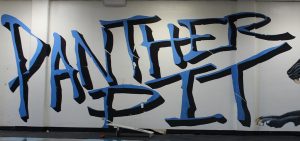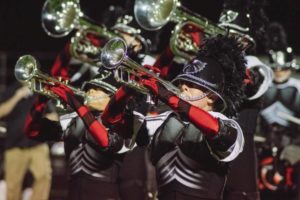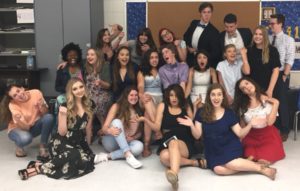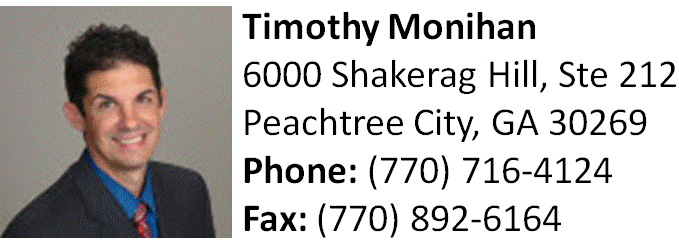What can student journalists learn from ‘real’ journalists?
Two media members at the 2017 Solheim Cup offer advice to student journalists
Two media members collaborate on a story covering the 2017 Solheim Cup in Des Moines, Iowa. Student journalists can learn how to improve their writing by talking to professional writers who have years of experience in the media world.
August 30, 2017
Walking into the media center of a professional golf event is similar to walking into a circus and a family reunion. It is often a large tent set on the property. Inside of which are television screens and numerous volunteers. Media members travel from across the world and greet each other as old friends. Outside, journalists are on the range with players who are warming up or on the first tee before they begin their rounds. The journalists chat with the players and their caddies, like their friends in the media center.
During the second week of school I had the opportunity to intern as a photojournalist at the 2017 Solheim Cup, one of the largest professional events in women’s golf. As a credentialed media member I got inside-the-ropes access allowing me to be closer to the players, as well as other media members. I also had interview room access so I could hear player/team interviews, and, of course, media center access. I used this as a learning opportunity not only for myself, but for my student journalist peers.
Though there is no specific formula to writing the perfect story, there are several things that all good journalists do in order to captivate their audience and tell them a story. “You don’t sit down to write until you have finished your reporting and have enough information to write the story,” said Ron Sirak, who has worked for the Associated Press, Golf World, and Golf Digest for 18 years.
Beth Ann Nichols, who has spent the past 15 years writing for Golf Week, mentioned that relationships are crucial as a journalist. “I like to talk to family, instructors, agents, just to get a little bit of information before I go talk to somebody else,” Nichols said.
Creating relationships can increase a journalist’s resources. It can also add depth to the interviews. This depth allows the journalist to find unique details in conversations that no other writer has yet. He or she can then use this quote to tell readers a story they haven’t read or heard before.
“Get out and talk to as many people as you can for a story,” Nichols said. “Often times if you go that extra mile for that extra interview, you might get the best nugget for your story.”
This key information on the basics of starting a new story can be helpful. However, you have to ensure your audience understands what they are reading. If your readers do not know the subject, they may find it more difficult to grasp. It is crucial for readers to enjoy what they are reading, getting lost in the story.
Both Sirak and Nichols offered suggestions to minimize this issue. “The lede is the most important thing[…]If you don’t hook the audience early, they move onto something else, especially in this day and age,” Nichols said. Nichols suggests three sentences as a maximum to engage the reader and get them interested in what the author has to say.
“You have to try to match the subject matter with the reader, and make an educated guess on how much the reader might know and then you have to tell them the story,” Sirak said. For example, a journalist at the Solheim Cup would assume their audience knows enough about golf that they do not have to go into great detail about the intricacies of the game.
Veteran authors also transition smoothly between topics. Readers may be confused or distracted if the author suddenly changes topics. Nichols emphasized creating flow in your story. “The best advice I ever got on how to write a story is to think about what is the first thing that comes to mind if you were going to tell a friend, or call your mom about what happened today,” Nichols said.
These four tips from Sirak and Nichols are just a few things student journalists can learn from professional journalists. They will help students improve their writing and create a style of their own. There is no perfect “one size fits all” formula to write a great story.
In this experience at the Solheim Cup I learned that perhaps if you join the media center circus, after a while it might just become your family on the road.









Lawrence Hollyfield • Sep 6, 2017 at 9:31 pm
The piece is well done but also very helpful and a bit inspirational as to a central challenge. I want to go work on interviews right now.